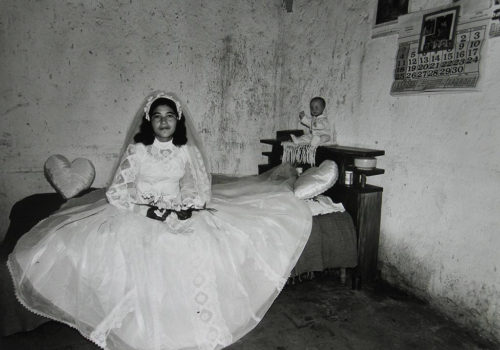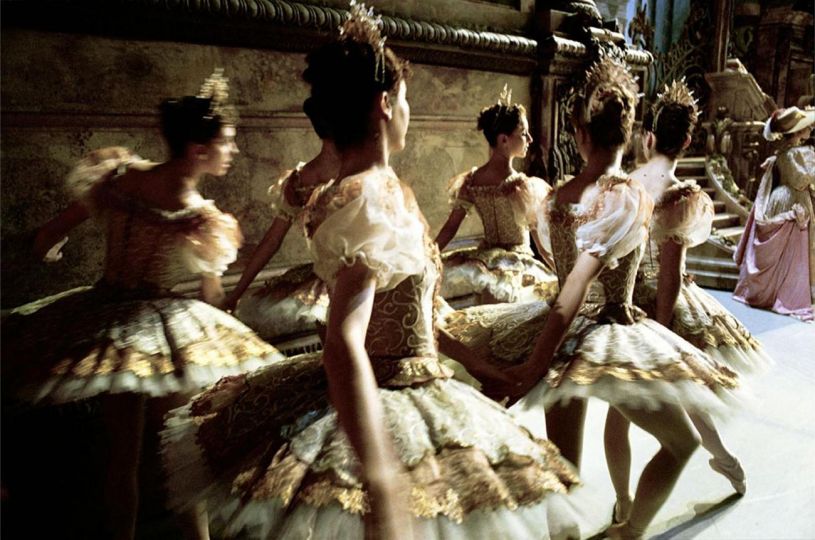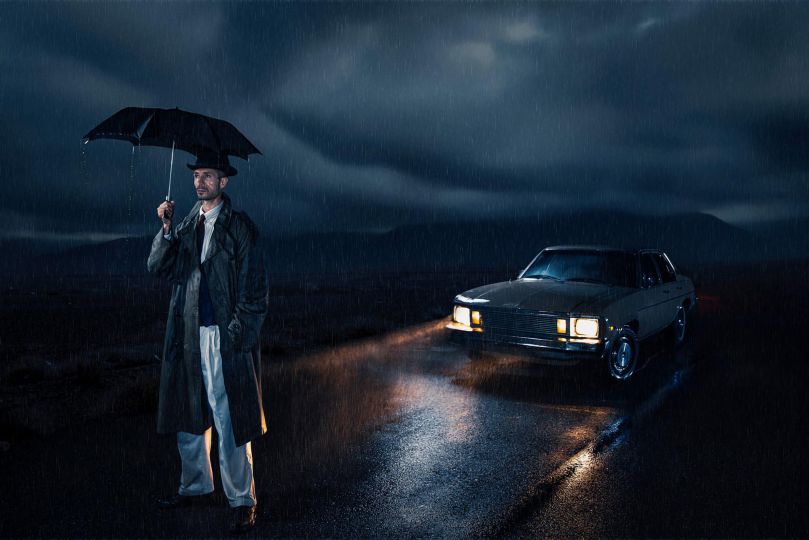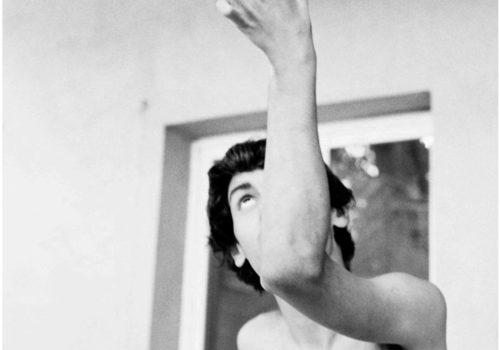Daniel Chauche, born to a French father and an American mother in 1951, found his true calling in photography. He studied art at the University of Florida where, in 1979, he earned a Masters degree in Fine Arts, which he then taught. At 25, Chauche moved to Guatemala. He arrived in late 1975 with his ex-wife, an anthropologist, and settled in Escuintla. Following the 1976 earthquake, they became deeply involved with the local community.
His first series resulted from that experience, and he undertook a project that would last a lifetime: following the evolution of Guatemalan society from 1976 to today. It is one of the most important documents of the country’s history. Guatemala in the 1970s was marred by violence, electoral fraud and one dictatorial regime after another. The country was in the midst of armed conflict until the democratic era in the mid-1980s began a long march towards peace.
In the mid 1970s, Chauche began to travel throughout Guatemala, like other photographers before him, Alfred Percival Maudslay and Alfred Tozzer. Chauche is an explorer, an archeologist and sometimes a teacher who comes and goes between the country’s mountains in search of the country’s ambiguous side. He inherited his grandfather’s passion for photography, his perfectionism and stubbornness, qualities which have made him an outstanding professional.
Chauche set out into Guatemala armed with his camera and a large white canvas. The series Ser un Hombre Chapin was born. Once people agreed to be photographed, his instant, magical eye began its work. Chauche appears to capture his subjects as he sees them. Some exude a certain darkness. There is no separation between the artist and the subject. The technique is spare, the images are precise, challenging. They seem to be carved out of light. The little context provided creates a kind of mystery. His work is a juxtaposition of textures and balances in the range of colors and black and white. Lights and shapes come together for an instant.
Between 1987 and 2003, Chauche produced a series of pictures telling complex little histories hiding behind History. His photographs are a large metaphor for life. He portrays the earthly and the divine, the dead and the living, the rituals and the traditions both public and private. His photographs become symbols.
In the series Santeria chapina, Chauche presents viewers with the spiritual life of Guatemalans. The mythical figures transcend the past and the present. Guatemalans have long mixed the spiritual with the material, and Chauche captures the physical, sensual and tactile intensity of wood, stones, bones, oils, wax, paper, plastic and soot.
We can’t help but be seduced by these stories of the forgotten caught in the turmoil of history. Since 1983, Chauche has had his own documentary photography studio in Antigua. At the same time, he has become a preeminent professor for a new generation of Guatemalan photographers. Chauche’s work has been exhibited at Guatemala’s biggest galleries and museums. His work can be found in the collections of the Museum of Fine Arts in Houston, Texas, the Sterling Memorial Library at Yale University, and the Library of Congress in Washington, D.C., as well as in books like Unfinished Conquête (1993) and Izote (2003).
















